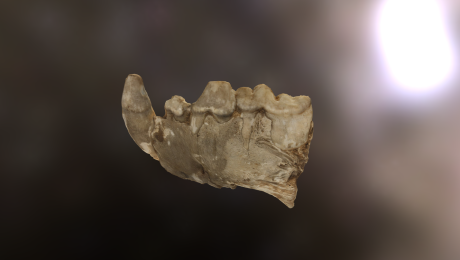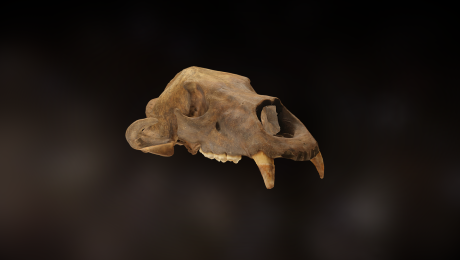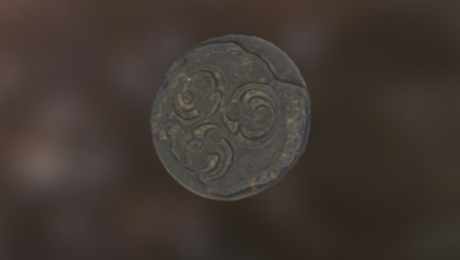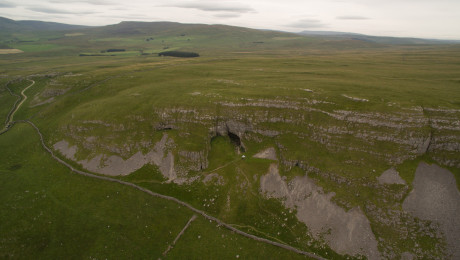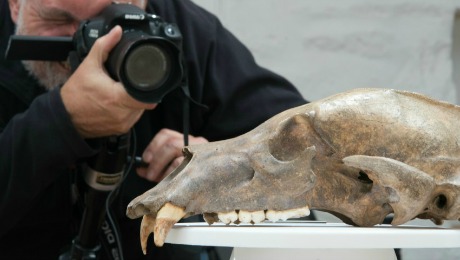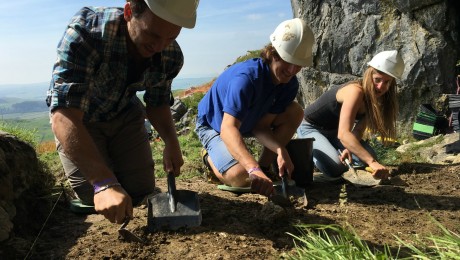When it comes to Ice Age evidence, or understanding how Romano-British people used Yorkshire’s caves, every piece of evidence counts.
In August 2016, DigVentures ran a crowdfunded, community-based archaeological investigation focusing on the prehistoric and Romano-British landscape around Langcliffe Scar, including an excavation at Ben Scar Cave on Settle Bank, to the southeast of Victoria Cave. As far as we know, it had never been excavated by archaeologists before. Could it contain more archaeology?
The evidence we need to continue answering questions about Yorkshire’s ancient past is so rare that every fragment we find is valuable and, judging by Ben Scar Cave’s location in the landscape, it is perfectly positioned to provide some more clues; it is upslope from Attermire Camp – a Roman military base – and is flanked by other caves (including Victoria Cave) known to contain important remains.
The aim was to provide baseline information to contribute to the future management, research and presentation of the site, as well as demonstrate the principles of cave conservation to all participants and visitors. You can relive the dig here, head straight to the online archive, or continue reading for a brief summary of what was found.
What was found at Ben Scar Cave
Cave excavations are unlike any other kind of archaeological environment. Huge geological forces are at play, and any archaeological deposits can end up buried below boulders and debris that fall from the roof. The first step is always to assess the situation, and evaluate how easy (or difficult) it might be to carry out a full-scale excavation. The aim of this crowdfunded excavation was to do exactly that; investigate the cave mouth, and the large earth bank surrounding the entrance. How many layers of debris would we have to shift to reach any sealed archaeological deposits? Does Ben Scar Cave have the potential to yield new archaeological discoveries? And what would be required to retrieve it?
Within one short week, between the 15th and 21st August, the excavation team made up of professional archaeologists from DigVentures, cavers and members of the public, came up with the following answers.
Trench 1 – inside the cave mouth
Excavation inside the cave mouth reached a depth of 0.70m, revealing four distinct, but relatively modern, phases before the deteriorating weather halted the excavation. However, large pieces of laminated flowstone were beginning to emerge from the lowest excavated deposit (1004). If it developed in situ during a period where the climate had ameliorated, it suggests that further excavation to investigate below this level could potentially yield valuable quaternary data. You can see the excavation records here.
Trench 2 – the cave enclosure
Trench 2 targeted an enclosure wall which surrounding the entrance to Ben Scar Cave. The earliest deposits (2002) and (2005), were angular scree that formed as the talus slope which fronts Ben Scar Cave. The scree beneath the wall (2003) had been worked to provide a level platform onto which the wall was sited. Excavation in 2016 uncovered the enclosure wall (2004) and a further wall (2003). Although the small number of artefacts recovered did not give any reliable dating evidence which could have provided chronological phasing or any association with Ben Scar Cave, it is not unreasonable to suggest that the short section of wall exposed (2003) at the north end of Trench 2 is contemporaneous with the enclosure wall (2004) and may have been a small holding pen for livestock. You can see the excavation records here.
